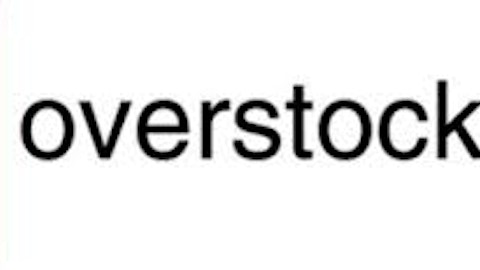Basel capital standards are the main tool used by regulatory authorities to evaluate
the adequacy of bank capital and balance sheet strength. But according to Thomas Hoenig, vice chairman for the Federal Deposit Insurance Corp., this is no more than “a well intended illusion.” How much risk are banks really taking?

Such is the title of the insightful speech Hoenig gave to the International Association of Deposit Insurers in Basel, Switzerland on April 9 explaining why we need simpler and more effective methods to measure financial strength when it comes to the big, systematically relevant, global banks.
In his words:
Here’s how the illusion is created. Basel’s Tier 1 capital measure is a bank’s ratio of Tier 1 capital to risk-weighted assets. Each category of bank assets is weighed by the supervisory authority on a complicated scale of probabilities and models that assign a relative risk of loss to each group, including off balance sheet items. Assets deemed low risk are reported at lower amounts on the balance sheet. The lower the risk, the lower the amount reported on the balance sheet for capital purposes and the higher the calculated Tier 1 ratio.
We know from years of experience using the Basel capital standards that once the regulatory authorities finish their weighting scheme, bank managers begin the process of allocating capital and assets to maximize financial returns around these constructed weights. The objective is to maximize a firm’s return on equity (ROE) by managing the balance sheet in such a manner that for any level of equity, the risk-weighted assets are reported at levels far less than actual total assets under management. This creates the illusion that banking organizations have adequate capital to absorb unexpected losses. For the largest global financial companies, risk-weighted assets are approximately one-half of total assets. This “leveraging up” has served world economies poorly.
Since Basel standards are flawed and subject to manipulation, the author proposes a simpler and more straightforward risk measurement method: the
tangible leverage ratio. This ratio compares equity capital to total assets, deducting goodwill, other intangibles, and deferred tax assets from both equity and total assets. In addition to including only loss-absorbing capital, it also makes no attempt to predict or assign relative risk weights among asset classes
The following table summarizes some statistics regarding five US banking giants: Bank of America Corp (NYSE:BAC), Citigroup Inc (NYSE:C), Goldman Sachs Group, Inc. (NYSE:GS), JPMorgan Chase & Co. (NYSE:JPM) and Wells Fargo & Co (NYSE:WFC).
